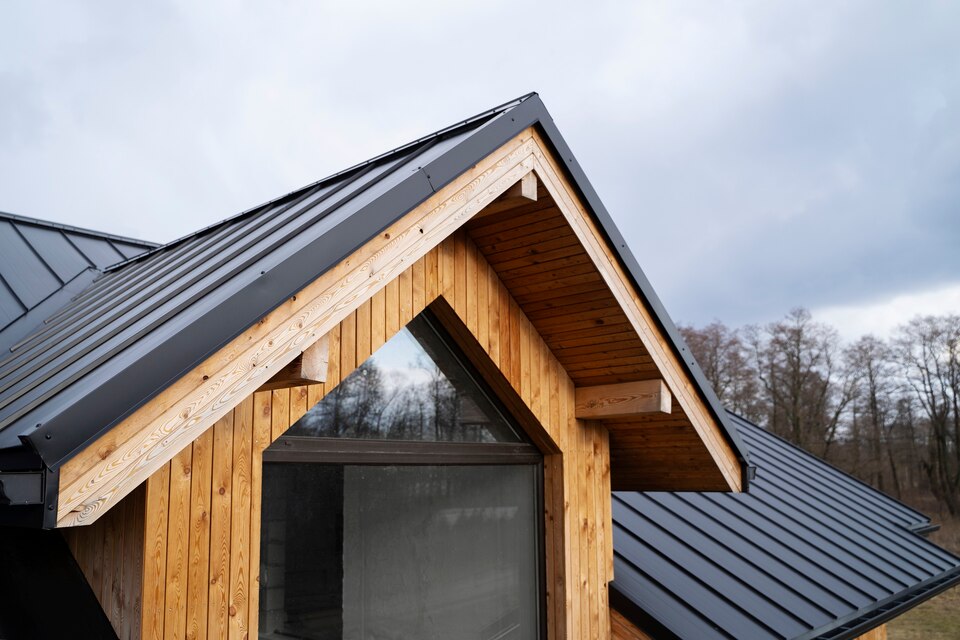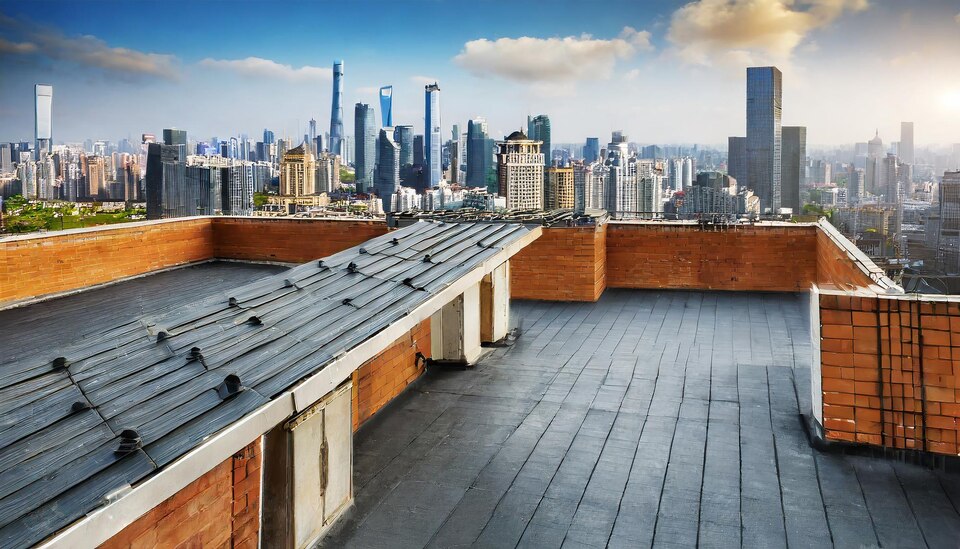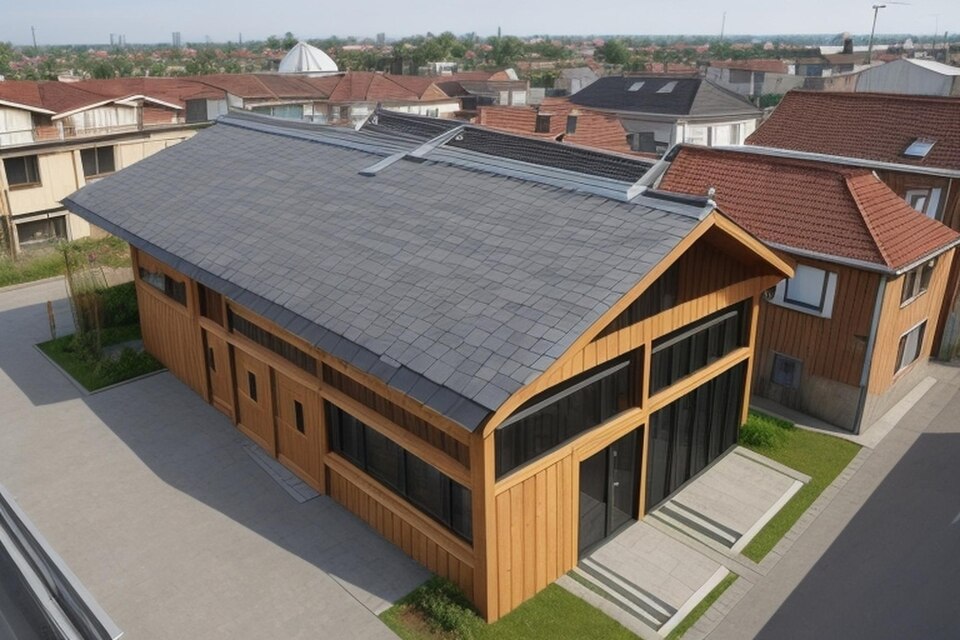What Does Built-Up Roofing Mean?
When it comes to commercial roofing, understanding the different types of roofing systems can make a world of difference in ensuring the longevity and durability of your building. One of the most time-tested roofing systems is Built-Up Roofing or BUR, and while it may sound complex, its benefits are both straightforward and valuable.
It’s understandable to be curious about the specifics. Imagine a layered cake, but instead of frosting and sponge, you have layers of reinforcing fabrics and bitumen. That’s the basic concept. This system creates a continuous, sealed surface, offering excellent protection against the elements. It’s a fascinating construction technique, refined over decades of use.
Whether you’re a business owner looking for roofing options or simply curious about the terminology, here’s a deep dive into what built-up roofing is and why Apex Commercial Roofing recommends it.
Understanding the Basics of BUR
Built-up roofing systems are assembled on-site. The process involves applying multiple layers, hence the built-up name. These layers typically include:
- Base Sheet: This is the very first layer. It can be mechanically fastened to the roof deck.
- Ply Sheets: Several layers of reinforcing fabrics, also known as roofing felts or ply sheets.
- Bitumen: A viscous, sticky substance derived from petroleum. It acts as a waterproofing agent and adhesive. There are different types, including:
- Asphalt
- Coal Tar
- Cold-applied adhesive (less common for the main layers, more common for detailing)
- Surfacing Material: The top layer protects against UV rays and weathering. Common options include:
- Gravel
- Mineral granules
- Coatings (like reflective aluminum coatings)
The roofing felts are saturated with bitumen, creating a strong, waterproof membrane. Each layer is added sequentially, bonding to the previous one, resulting in a monolithic roof covering. Think of it like building a protective shield, layer upon layer.
Advantages of Built-Up Roofing
This long history gives BUR systems some proven advantages. Durability is a key factor. A properly installed and maintained built-up roof can last for many years, often exceeding 20 or even 30.
Here’s a breakdown of some key advantages:
- Time-Tested Performance: BUR has a proven track record, going back over a century.
- Excellent Waterproofing: The multiple, redundant layers provide superior protection against leaks.
- Durability: The system is designed to withstand harsh weather conditions, including extreme temperatures and UV exposure.
- Fire Resistance: Certain BUR configurations offer excellent fire resistance.
- High Wind Resistance: The weight and adhesion of the materials offer exceptional wind uplift resistance.
- Puncture Resistant: Multiple Layers make it very hard to create a puncture in the roofing material.
This is a great roofing system for commercial buildings.
At Apex Commerical Roofing, we recommend built-up roofing because of its multi-layer construction. If one layer is somehow compromised, the others continue to provide protection. This redundancy is a significant factor in its longevity. It is a robust system.
Disadvantages of Built-up Roofing
No roofing system is perfect, and BUR has its drawbacks. The installation process is relatively labor-intensive. It requires skilled and experienced contractors. It’s not a DIY project.
Here are some potential disadvantages:
- Installation Time: Applying multiple layers takes time, making the installation process longer than some other roofing systems.
- Fumes and Odors: The hot asphalt or coal tar used during installation can produce strong fumes, which can be a concern in certain environments. Proper ventilation is necessary.
- Weight: BUR systems are relatively heavy, which may require structural reinforcement of the roof deck in some cases.
- Cost: While the long lifespan can offset the initial investment, the upfront cost of a BUR system can be higher than some alternatives.
- The materials can get very hot.
It is useful to check the building structure before deciding on a roof. A qualified roofing professional like Apex Commercial Roofing can assess the roof deck’s load-bearing capacity. Contact us at 856 203-6108 or 1 800 231-2941 to learn more about which roofing is best for your commercial roof.
The Installation Process: A Step-by-Step Look
The installation of a built-up roof is a precise process. It starts with preparing the roof deck. The deck must be clean, dry, and structurally sound. Any existing roofing material is typically removed down to the deck.
Then, the layers are applied:
- A base sheet may be mechanically attached to the roof deck.
- Ply sheets are embedded in hot bitumen, creating a waterproof membrane.
- The process is repeated for multiple-ply sheets, usually three to five layers.
- Finally, a surfacing material, such as gravel or a reflective coating, is applied.
Proper application is essential for the roof’s performance. Experienced contractors use specialized equipment to heat and apply the bitumen evenly. They meticulously overlap and embed each ply sheet.
Maintenance Requirements of BUR Systems
Maintaining a built-up roof is vital. Regular inspections are recommended, ideally twice a year and after any severe weather events. Look for any signs of damage, such as cracks, blisters, or areas where the surfacing material is worn away.
Remember, it’s a smart idea to do routine checkups.
Key maintenance tasks include:
- Clearing Debris: Removing leaves, branches, and other debris that can accumulate on the roof.
- Checking Drainage: Making sure that drains and gutters are clear and functioning properly.
- Inspecting Flashings: Examining the areas around roof penetrations (vents, chimneys, skylights) for any signs of deterioration.
- Repairing Minor Damage: Addressing any small cracks or blisters promptly to prevent them from becoming larger problems.
- Keeping drains clear prevents water from accumulating.
- Checking is easy.
Prompt repairs are key to preventing minor issues from escalating into major leaks. A qualified roofing contractor can perform any necessary repairs.
If you require emergency repairs or have questions, schedule a free roof inspection today with Apex Commercial Roofing.
Common Types of Bitumen Used in BUR
The type of bitumen used can impact the properties of the BUR system. Asphalt is the most common type. It’s readily available and relatively cost-effective. Coal tar was historically popular. It has excellent waterproofing properties, strong chemical resistance, and very good cold flow properties, but it is more difficult to use.
- Asphalt: Oxidized asphalt is processed to enhance its weathering characteristics.
- Coal Tar: Known for its exceptional water resistance and self-healing properties.
- Cold-Applied Adhesives: Used primarily for detail work and in some cases for adhering ply sheets in modified bitumen systems.
- There are standards for the application of these materials.

What Does Built-Up Roofing Mean?
Built-up roofing is a traditional roofing method involving multiple layers of reinforcing fabrics and bitumen, creating a durable and waterproof membrane. It is ideal for flat or low slope roofs. This time-tested system offers several advantages, including excellent waterproofing, durability, and fire resistance.
Understanding the installation process, maintenance requirements, and different types of bitumen used will give you a good appreciation for this well-established roofing option. It’s a proven, resilient choice for many commercial buildings, with a long history of protecting structures from the elements.
For a roofing system that stands up to the elements and keeps your business safe, consider BUR, and trust Apex Commercial Roofing for all your roofing needs. We service areas in New York, New Jersey, and Pennsylvania.
Need more information on Built-Up Roofing or ready to get started? Check out our services at 811 Church Road, Cherry Hill, NJ 08057.
Visit Apex Commercial Roofing LLC at Our Cherry Hill Location
811 Church Rd #105,
Cherry Hill, NJ 08002,
United States
For professional roofing services, including commercial roofers, commercial metal roof repair, we invite you to stop by or reach out to us.






